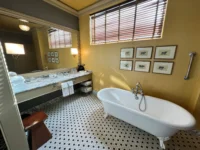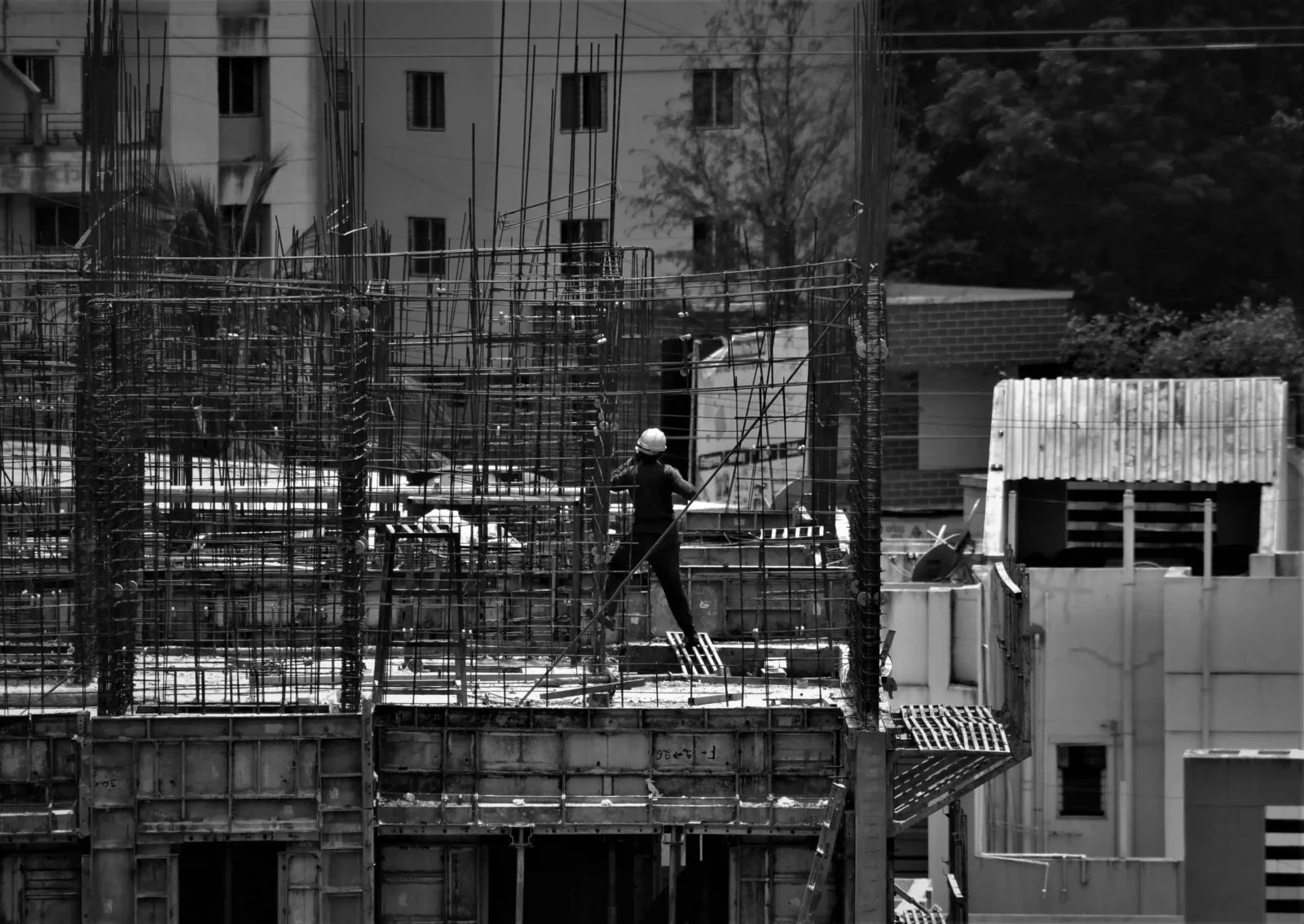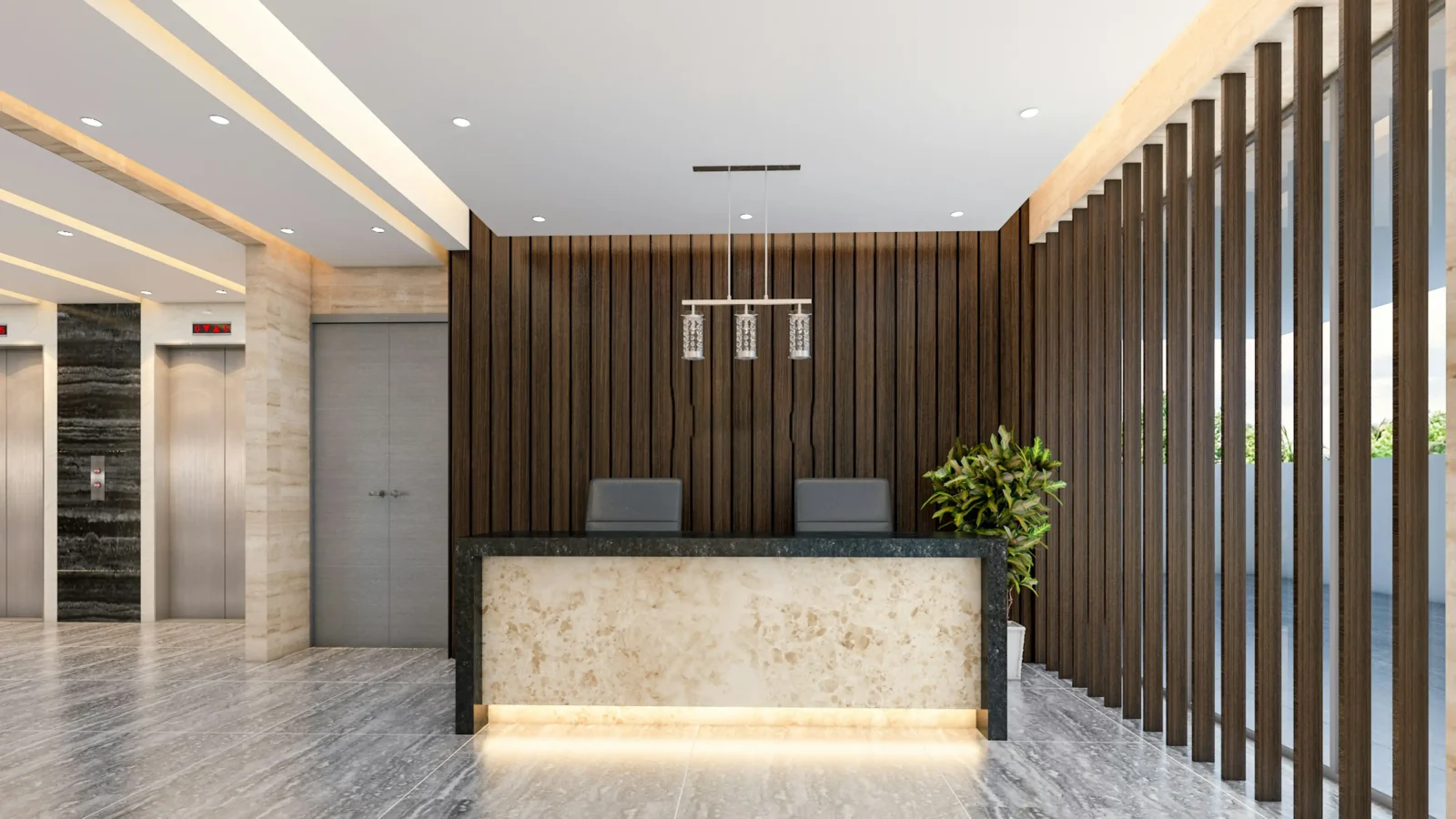- Home
- Articles
- Architectural Portfolio
- Architectral Presentation
- Inspirational Stories
- Architecture News
- Visualization
- BIM Industry
- Facade Design
- Parametric Design
- Career
- Landscape Architecture
- Construction
- Artificial Intelligence
- Sketching
- Design Softwares
- Diagrams
- Writing
- Architectural Tips
- Sustainability
- Courses
- Concept
- Technology
- History & Heritage
- Future of Architecture
- Guides & How-To
- Projects
- Interior Design
- Competitions
- Jobs
- Store
- Tools
- More
- Home
- Articles
- Architectural Portfolio
- Architectral Presentation
- Inspirational Stories
- Architecture News
- Visualization
- BIM Industry
- Facade Design
- Parametric Design
- Career
- Landscape Architecture
- Construction
- Artificial Intelligence
- Sketching
- Design Softwares
- Diagrams
- Writing
- Architectural Tips
- Sustainability
- Courses
- Concept
- Technology
- History & Heritage
- Future of Architecture
- Guides & How-To
- Projects
- Interior Design
- Competitions
- Jobs
- Store
- Tools
- More

Take a walk through any historic district, and you’ll spot them. Stately homes with perfect symmetry. Tall, brick chimneys. Elegant entryways that practically command attention. Colonial-style homes have been around for centuries, yet they never seem to go out of style.
Why? Because they’re classic. Because they represent a timeless elegance that’s hard to resist. And if you’re searching for properties with historic charm, you might even find stunning Colonial-style homes in San Miguel real estate, where luxury meets tradition.
So, what makes a Colonial home Colonial? Let’s break it down.
Table of Contents
ToggleWhat Defines a Colonial Style Home?
Colonial-style homes follow one simple rule: balance. Everything is deliberate—from the symmetrical facades to the carefully placed windows. They often have a central front door flanked by evenly spaced windows, a pitched roof, and a grand entryway.
These homes take inspiration from European architecture but were adapted to suit the materials and needs of early American settlers. That’s why you’ll see different versions of Colonial homes across the U.S., each reflecting regional influences.
Now, let’s go back in time to see how it all started.

Historical Background of Colonial Style Homes
The Colonial style dates back to the 1600s when European settlers brought their home designs to America. The first Colonials were simple, practical, and built to withstand harsh weather. Over time, as wealth grew, these homes became grander—larger footprints, intricate woodwork, and decorative elements borrowed from European trends.
By the 18th century, Colonial homes were a symbol of status. The wealthy built brick Georgian Colonials, while others opted for wood-framed versions. Despite their differences, one thing remained the same: symmetry and function were key.
Fast forward to today, and Colonial homes are still in demand. Their timeless charm makes them a favorite among homebuyers and renovators alike. But what exactly makes them so appealing? Let’s take a look at their defining exterior features.
Exterior Features of Colonial Homes
Symmetrical Facades and Balanced Design
Ever noticed how Colonial homes look perfectly even? That’s no accident. The front door sits in the center, flanked by equal numbers of windows on either side. Some homes even have matching dormers on the roof to reinforce this balanced look.
Classic Roof Styles: Gabled and Gambrel
Colonial homes typically have gabled roofs—simple, sloping structures that allow rain and snow to slide off easily. In some variations, like Dutch Colonial homes, you’ll see gambrel roofs, which resemble a barn roof with two different slopes. The benefit? More attic space without adding extra height.
Brick, Wood, and Other Common Materials
Early Colonial homes used whatever materials were available. In the Northeast, that meant brick—durable and fire-resistant. In the South, wood siding was more common. Today, you’ll see Colonial homes with a mix of materials, but the traditional charm remains intact.
Now, let’s step inside and see what makes the interiors of Colonial homes so special.
Interior Characteristics of Colonial Homes
Central Hallway Floor Plans
One of the biggest giveaways of a Colonial home? A central hallway that divides the home into two equal halves. It’s like a neatly organized puzzle—living spaces on one side, dining and kitchen on the other. Bedrooms? Usually tucked away upstairs for privacy.
Traditional Fireplaces and Chimneys
Back in the day, fireplaces weren’t just decorative. They were essential for warmth. That’s why most Colonial homes have large, centrally located fireplaces (often with intricate mantels). Some homes even have multiple fireplaces, one for each major room.
Hardwood Floors and Elegant Molding
Colonial homes don’t have boring interiors. Think hardwood floors, crown molding, and wainscoting that add a touch of refinement. Even in modern adaptations, these traditional details are often preserved to maintain the home’s historical charm.
Colonial Home Variations
Not all Colonial homes look the same. Different regions developed their own versions, each with unique touches. Here are four of the most common types:
Georgian Colonial
Picture a grand brick home with a symmetrical facade and tall columns. That’s a Georgian Colonial. It’s the most formal version, inspired by 18th-century British architecture.

Federal Colonial
A close cousin of the Georgian style, Federal Colonial homes are slightly more decorative. Think arched windows, intricate doorways, and elegant details that scream “early American sophistication.”
Dutch Colonial
Dutch Colonials stand out thanks to their gambrel roofs—the ones that resemble barns. These homes often have large porches and dormer windows, giving them a cozy, welcoming look.
Spanish Colonial
Heading to the Southwest? You’ll find Spanish Colonial homes, which feature stucco walls, red-tile roofs, and wooden beams. These homes are built for warm climates and often have courtyards to help with ventilation.
Now, what if you love the Colonial style but want modern comforts? Good news—you can have both.
Modern Adaptations of Colonial Homes
Colonial homes may be old, but that doesn’t mean they’re outdated. Many homeowners today are blending traditional Colonial design with modern upgrades. Open floor plans, larger kitchens, and updated bathrooms bring Colonial homes into the 21st century—without losing their timeless charm.
Some renovations focus on energy efficiency, adding insulated windows and updated heating systems. Others play with color—while classic Colonials stick to white exteriors with black shutters, modern ones might feature bold hues like navy or deep green.
And if you’re thinking of buying a Colonial-style home, don’t worry about having to keep everything historic. Many Colonial homes can be updated while still preserving their classic appeal.
The Timeless Appeal of Colonial Style Homes
Colonial-style homes have been around for centuries, and they’re not going anywhere. Their timeless design, symmetrical beauty, and practical layouts make them a favorite for homeowners who appreciate both history and elegance.
Whether you love the stately charm of a Georgian Colonial or the cozy feel of a Dutch Colonial, one thing is clear—Colonial homes have a staying power that few other styles can match.
So, the next time you spot one, take a closer look. Notice the details. The symmetry. The craftsmanship. Colonial homes aren’t just houses—they’re a piece of history, still standing strong in today’s world.
illustrarch is your daily dose of architecture. Leading community designed for all lovers of illustration and #drawing.
Submit your architectural projects
Follow these steps for submission your project. Submission FormLatest Posts
Best Tools for Tracking Construction Labor Hours
Quick View of the Products Listed Best Overall: Workyard – Complete construction...
More Than a Gate: Designing a Secure and Stylish Home Entryway
A property’s entrance tells a story before a single guest steps inside....
Employer Liability and Smartphones: When Work Texts Cause Crashes
In today’s connected world, it’s nearly impossible to separate work from daily...
What Are the Best Topics for Architectural CE?
By now, every architect in the United States understands that continuing education...












Leave a comment